Discovery does not happen by accident. Many authors assume a book on Amazon will be discovered simply because it exists. Yet crowded platforms rarely allow new titles to surface without deliberate effort. Discovery is engineered, not random.
The same principle applies to email.
 Email is often treated as an afterthought—an occasional message sent when inspiration strikes or when sales decline. This approach is the equivalent of tossing a paper airplane into the wind, hoping it lands in the right hands. Sometimes it works. Most times it does not. A better mindset is to treat email as an engineered system rather than a lucky guess.
Email is often treated as an afterthought—an occasional message sent when inspiration strikes or when sales decline. This approach is the equivalent of tossing a paper airplane into the wind, hoping it lands in the right hands. Sometimes it works. Most times it does not. A better mindset is to treat email as an engineered system rather than a lucky guess.
Build the System, Don’t Wing It
Engineers do not construct bridges with guesswork. They draw plans, calculate loads, and understand how every part fits. Email requires the same intention. Instead of scattered, one-off messages, authors should design a sequence.
What will readers see first? Where should they go next? Does a welcome message exist, or are new subscribers left in the dark? A planned sequence establishes a system that works long after the first email is written.
Design for Momentum
Momentum keeps a train moving long after departure. Engineers design for sustained motion, not a single push.
One email can spark attention, but a series creates an engine. The first message might welcome readers, the next might share the story behind a book, and another might invite a review or encourage sharing with friends. Each message builds on the previous one, creating steady forward movement. A single spark can fade quickly; an engine continues running.
Eliminate Friction
Friction is the enemy of efficiency. Engineers spend entire careers reducing drag and smoothing flow. Email has its own form of friction: long blocks of text, multiple calls to action, or confusing links.
The best-engineered emails are simple. One idea. One clear action. One easy click. When friction is removed, energy flows, and readers respond naturally.
Strengthen Signals
Signals carry weight. Every open and click is a signal to email services and to readers themselves. Signals accumulate, creating stronger visibility and reinforcing trust.
Inconsistent, occasional emails send weak signals. Engineered communication means showing up on schedule, sending clear and consistent messages, and reinforcing presence until engagement feels natural. Strong signals lead to reliable results.
Email as a Circuit
A useful way to understand email is as a circuit. When the design is sound, current flows smoothly, powering devices and lighting bulbs. When neglected, wires corrode, energy fades, and nothing works.
Authors already have the house—the book itself. Without a live circuit, the house remains dark. Readers never see the lights on or the invitation to enter. Email is the circuit that delivers power to the house, keeping the lights bright in readers’ minds.
Don’t Leave It to Chance
Email is not luck, and it is not noise. It is design. It is a system that can be mapped, built, and run with consistency.
A book is the product, but email is the engine that keeps it alive. Each message is another spark of energy, another opportunity to guide a reader toward action. Without it, books remain invisible in a crowded world. With it, books become visible, approachable, and memorable.
Discovery demands more than hope. It requires architecture. It requires intention. It requires authors to think like engineers. By designing the system, creating momentum, reducing friction, strengthening signals, and treating email as the circuit of visibility, authors can ensure their work is not left in the dark.
Don’t treat email as an afterthought. Engineer it.
The lesson is simple: stop guessing. Treat email with the same conviction brought to a manuscript. Write with clarity, intention, and respect. Email isn’t a guessing game—it’s part of an author’s witness.
Clarity in email mirrors the larger calling of authorship itself. The same discipline that guides a writer to honor a reader’s time in a message also guides them to honor a reader’s heart in a book. Both demand conviction, respect, and moral purpose.
The Power of Authors: A Rallying Cry for Today’s Writers to Recognize Their Power, Rise to Their Calling, and Write with Moral Conviction, written by Evan and Lois Swensen with a foreword by Jane L. Evanson, PhD, launches this September. You’ve been reading its heartbeat in these messages — soon you can hold the book in your hands.



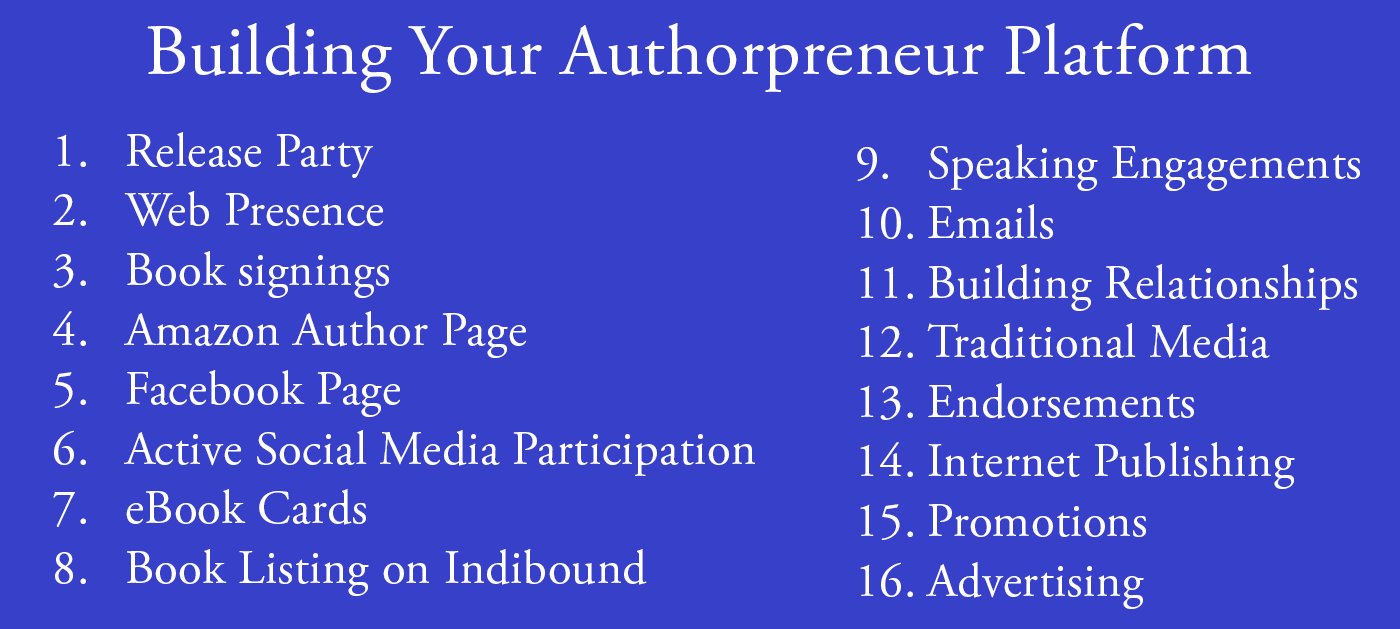
 This is Publication Consultants’ motivation for constantly striving to assist authors sell and market their books. Author Campaign Method (ACM) of sales and marketing is Publication Consultants’ plan to accomplish this so that our authors’ books have a reasonable opportunity for success. We know the difference between motion and direction. ACM is direction! ACM is the process for authorpreneurs who are serious about bringing their books to market. ACM is a boon for them.
This is Publication Consultants’ motivation for constantly striving to assist authors sell and market their books. Author Campaign Method (ACM) of sales and marketing is Publication Consultants’ plan to accomplish this so that our authors’ books have a reasonable opportunity for success. We know the difference between motion and direction. ACM is direction! ACM is the process for authorpreneurs who are serious about bringing their books to market. ACM is a boon for them. Release Party
Release Party Web Presence
Web Presence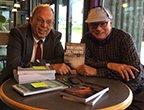 Book Signings
Book Signings Facebook Profile and Facebook Page
Facebook Profile and Facebook Page Active Social Media Participation
Active Social Media Participation Ebook Cards
Ebook Cards The Great Alaska Book Fair: October 8, 2016
The Great Alaska Book Fair: October 8, 2016


 Costco Book Signings
Costco Book Signings eBook Cards
eBook Cards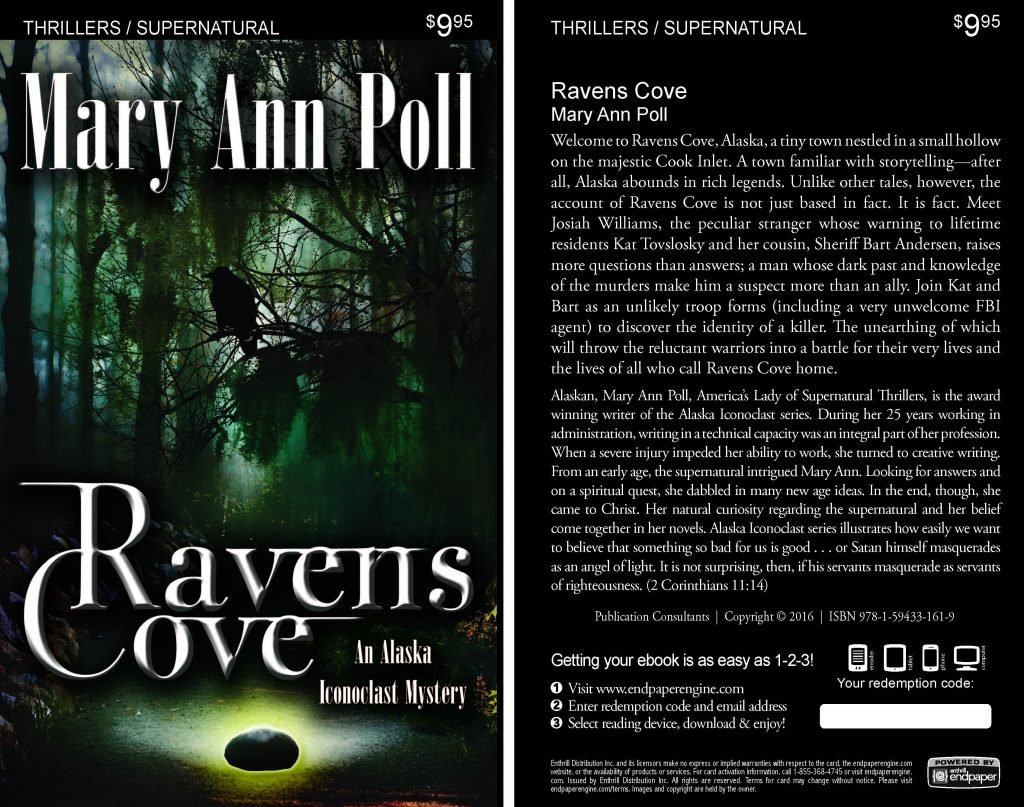

 Benjamin Franklin Award
Benjamin Franklin Award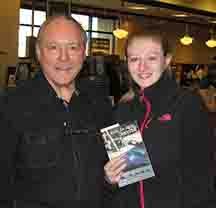 Jim Misko Book Signing at Barnes and Noble
Jim Misko Book Signing at Barnes and Noble
 Cortex is for serious authors and will probably not be of interest to hobbyists. We recorded our Cortex training and information meeting. If you’re a serious author, and did not attend the meeting, and would like to review the training information, kindly let us know. Authors are required to have a Facebook author page to use Cortex.
Cortex is for serious authors and will probably not be of interest to hobbyists. We recorded our Cortex training and information meeting. If you’re a serious author, and did not attend the meeting, and would like to review the training information, kindly let us know. Authors are required to have a Facebook author page to use Cortex. Correction:
Correction: This is Publication Consultants’ motivation for constantly striving to assist authors sell and market their books. ACM is Publication Consultants’ plan to accomplish this so that our authors’ books have a reasonable opportunity for success. We know the difference between motion and direction. ACM is direction! ACM is the process for authors who are serious about bringing their books to market. ACM is a boon for serious authors, but a burden for hobbyist. We don’t recommend ACM for hobbyists.
This is Publication Consultants’ motivation for constantly striving to assist authors sell and market their books. ACM is Publication Consultants’ plan to accomplish this so that our authors’ books have a reasonable opportunity for success. We know the difference between motion and direction. ACM is direction! ACM is the process for authors who are serious about bringing their books to market. ACM is a boon for serious authors, but a burden for hobbyist. We don’t recommend ACM for hobbyists.

 We’re the only publisher we know of that provides authors with book signing opportunities. Book signing are appropriate for hobbyist and essential for serious authors. To schedule a book signing kindly go to our website, <
We’re the only publisher we know of that provides authors with book signing opportunities. Book signing are appropriate for hobbyist and essential for serious authors. To schedule a book signing kindly go to our website, < We hear authors complain about all the personal stuff on Facebook. Most of these complaints are because the author doesn’t understand the difference difference between a Facebook profile and a Facebook page. Simply put, a profile is for personal things for friends and family; a page is for business. If your book is just a hobby, then it’s fine to have only a Facebook profile and make your posts for friends and family; however, if you’re serious about your writing, and it’s a business with you, or you want it to be business, then you need a Facebook page as an author. It’s simple to tell if it’s a page or a profile. A profile shows how many friends and a page shows how many likes. Here’s a link <> to a straight forward description on how to set up your author Facebook page.
We hear authors complain about all the personal stuff on Facebook. Most of these complaints are because the author doesn’t understand the difference difference between a Facebook profile and a Facebook page. Simply put, a profile is for personal things for friends and family; a page is for business. If your book is just a hobby, then it’s fine to have only a Facebook profile and make your posts for friends and family; however, if you’re serious about your writing, and it’s a business with you, or you want it to be business, then you need a Facebook page as an author. It’s simple to tell if it’s a page or a profile. A profile shows how many friends and a page shows how many likes. Here’s a link <> to a straight forward description on how to set up your author Facebook page.



 Mosquito Books has a new location in the Anchorage international airport and is available for signings with 21 days notice. Jim Misko had a signing there yesterday. His signing report included these words, “Had the best day ever at the airport . . ..”
Mosquito Books has a new location in the Anchorage international airport and is available for signings with 21 days notice. Jim Misko had a signing there yesterday. His signing report included these words, “Had the best day ever at the airport . . ..”



 The Lyin Kings: The Wannabe World Leaders
The Lyin Kings: The Wannabe World Leaders
 Time and Tide
Time and Tide


 ReadAlaska 2014
ReadAlaska 2014 Readerlink and Book Signings
Readerlink and Book Signings
 2014 Independent Publisher Book Awards Results
2014 Independent Publisher Book Awards Results
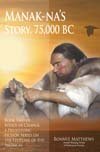
 Bonnye Matthews Radio Interview
Bonnye Matthews Radio Interview
 Rick Mystrom Radio Interview
Rick Mystrom Radio Interview When he published those overseas blogs as the book The Innocents Abroad, it would become a hit. But you couldn’t find it in bookstores.
When he published those overseas blogs as the book The Innocents Abroad, it would become a hit. But you couldn’t find it in bookstores. More NetGalley
More NetGalley Mary Ann Poll
Mary Ann Poll
 Bumppo
Bumppo
 Computer Spell Checkers
Computer Spell Checkers Seven Things I Learned From a Foreign Email
Seven Things I Learned From a Foreign Email 2014 Spirit of Youth Awards
2014 Spirit of Youth Awards Book Signings
Book Signings
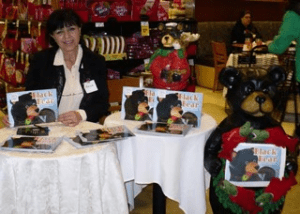
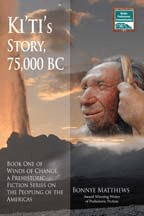
 Blog Talk Radio
Blog Talk Radio Publication Consultants Blog
Publication Consultants Blog Book Signings
Book Signings

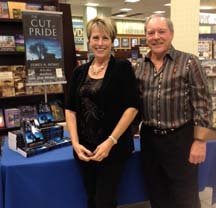

 Don and Lanna Langdok
Don and Lanna Langdok Ron Walden
Ron Walden Book Signings Are Fun
Book Signings Are Fun Release Party Video
Release Party Video
 Erin’s book,
Erin’s book,  Heather’s book,
Heather’s book,  New Books
New Books
1 thought on “Email Isn’t a Guessing Game—It’s a System”
In theory, I agree with you. You do your emails soooo effectively. I save them all. They are informative. It seems like if I were to do something like this, I would need to plan all the emails sequentially, ahead of time. It could be about environmental protections about various animals. Right now, going to local holiday markets (earlier, summer/fall markets) is my best method of exposure of the books. Heretofor, my emails or blogs have been of the first types you describe: hit or miss, now and then.